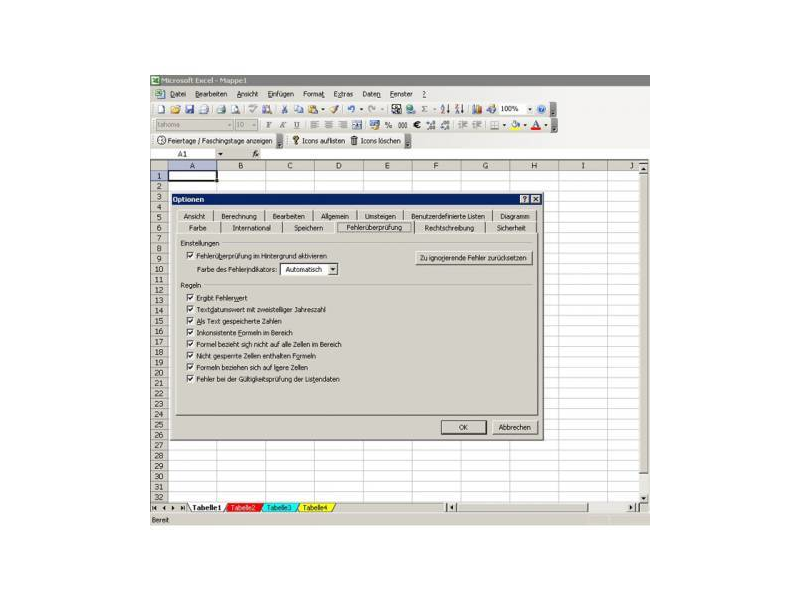
Finally techniques are developed for evaluating these quantities, including generating functions and conditional expectations. Motivation is given for studying the common quantities of interest (probabilities, expected values, variances and covariances). Probability models are then introduced in terms of random variables (which are functions of the outcomes of a random experiment), and the simpler properties of standard discrete and continuous random variables are discussed. The unit starts with the idea of a probability space, which is how we model the outcome of a random experiment. It also serves as a very important basis which various disciplines build on (Biology, Computer Science, Economics, Engineering, Linguistics, Physics, Sociology, just to mention a few). Today probability is a well established and actively researched area of mathematics with lively links to Analysis, Combinatorics, Functional Analysis, Game Theory, Geometry, Mathematical Physics, Statistics. Study of games of chance, such as tossing dice and card games, resulted in early attempts to formalise the theory but a satisfactory rigorous basis for the subject only came with the axiomatic theory of Kolmogorov in 1933. Probability is an everyday concept of which most people have only a vague intuitive understanding.

To look at some simple applications of these ideas and methods.

To introduce the basic ideas and methods of Probability, developing the concepts of random variables, expectations and variances. Please see the current academic year for up to date information.Īn A in A-level Mathematics or equivalent.Īnalysis 1 (MATH11006) and Calculus 1 ( MATH11007), or equivalent. Please note: you are viewing unit and programme informationįor a past academic year.


 0 kommentar(er)
0 kommentar(er)
